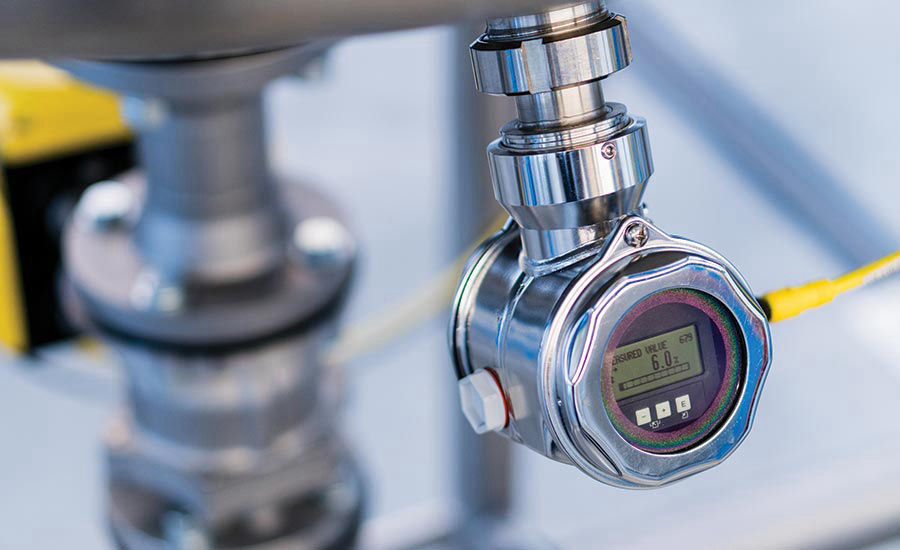Industrial instrumentation
This is a process-related field. It is all industrial measurement and control techniques.
In measurements, fundamental dimensions exists: pressure, temperature, level and flow rate.
Pressure measurement is of paramount importance because, with differential pressure measurement, level and flow can be measured.
Sensors are getting smarter and dispose of an electronic in the head of the sensor, which gives them a sensor-transmitter name. After processing the signal, the transmitter packages it and puts it in the form of a conventional signal intended for a control/acquisition unit (a controller, DCS, PLC, a recorder for example). The most used analog signals are in current 4-20mA.
However, the following analog signals can be distinguished in voltage: +/-5VCC, 0-10VCC, +/-10VCC and current: 0-20mA, 4-20mA.
The HART protocol is often superimposed on 4-20mA signals, allowing calibration or diagnostic operations on intelligent transmitters.
The PLC engineer writes programs or control strategies to control system output based on input signals. The output signal is connected to the actuators (often electro-positioners). The instrument technician is also interested in control devices: the valves.
The role of the instrument technician is at several levels in the factories:- Design of industrial measurement systems (it is necessary to be able to choose the best sensor in relation to the application, to issue the hook-up diagrams)- Installation of instruments taking into account the best practices and the OEM recommendations - Installation maintenance (diagnosis, calibration, etc.).

Sensor